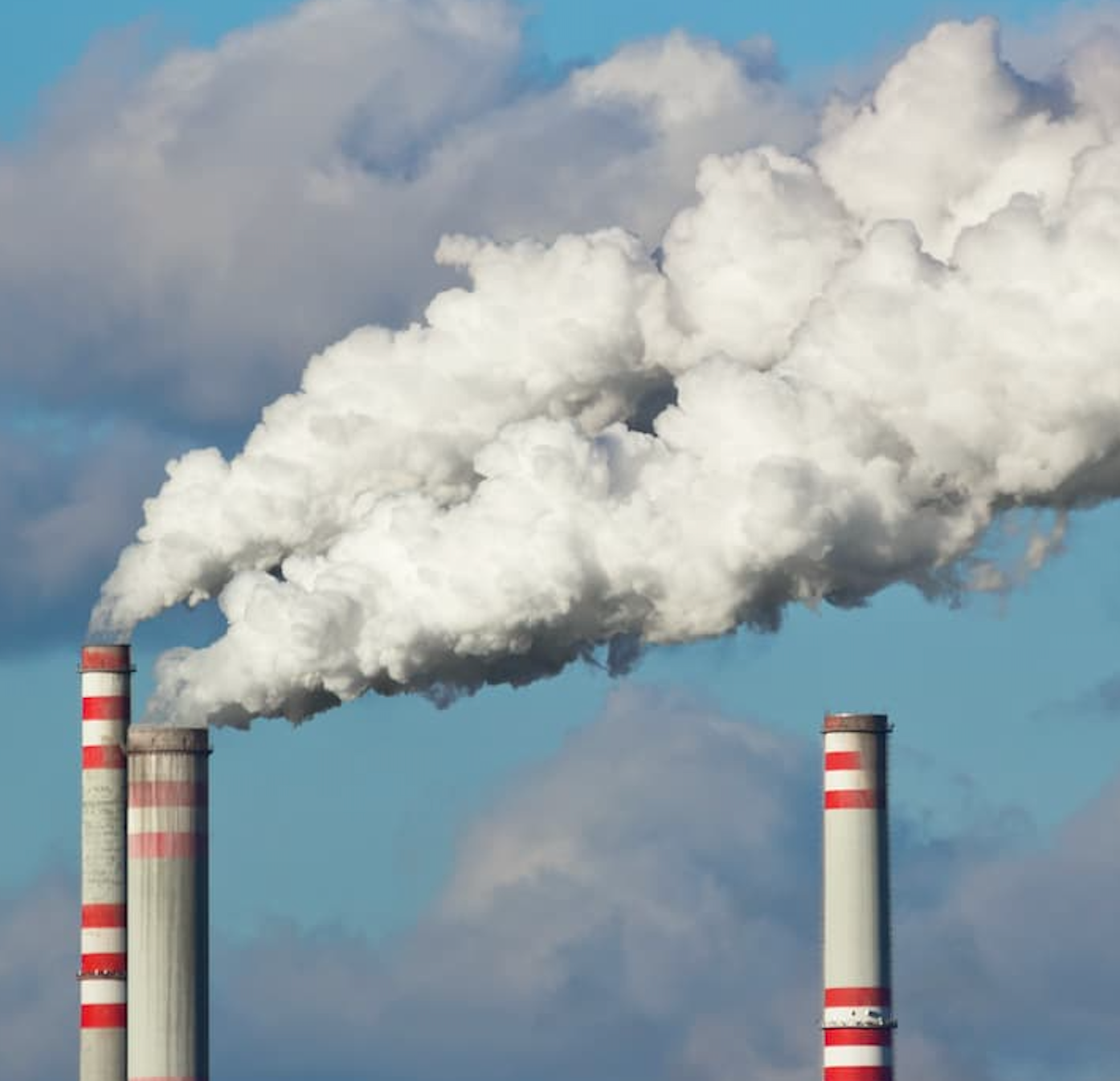Air Pollution May Increase Mortality Risk in RA-Associated Interstitial Lung Disease
When stratified by 2 groups (high exposure vs low exposure), a significant link between high PM10 exposure and mortality was observed among patients with RA-ILD.
Credit: Adobe Stock/martin33

Long-term exposure to particulate matter with an aerodynamic diameter of ≤10 µm (PM10) may be linked to mortality risk in patients with rheumatoid arthritis-associated interstitial lung disease (RA-ILD), according to a study published in Rheumatic and Musculoskeletal Diseases.1
Patients diagnosed with RA-ILD have a median survival of 3 years post-diagnosis and ILD has been proven responsible for approximately 13% of all-cause mortality in patients with RA. Previously confirmed risk factors for patients with RA-ILD include older age (> 60 years), usual interstitial pneumonia pattern on high-resolution computed tomography, and a lower baseline or a 10% decrease from baseline in forced vital capacity (FVC). Air pollution has been shown to increase the risk of mortality in patients with chronic respiratory diseases. Despite this knowledge, the impact of air pollution on the prognosis of patients with RA-ILD is not well researched.2
“To the best of our knowledge, this is the first study to report the association between air pollution and mortality in patients with RA-ILD by using spatially resolved estimates for individual exposures to air pollution,” wrote a group of Korean investigators.
To evaluate the effect of air pollution on this patient population, investigators estimated exposure to PM10 and nitrogen dioxide (NO2) using a national-scale exposure prediction model. The 2 air pollutants and their impact on mortality were assessed using a Cox-proportional hazards model which was adjusted for individual- and area-level characteristics. Subgroup analyses were conducted according to patient age (≥ 65 years vs < 65 years), sex, and autoantibody positivity.
A total of 309 patients with RA-ILD were included in the study, with a mean age of 61.7 years, 44.3% were male, and the median follow-up period was 4.8 years. Within this timeframe, 40.8% of patients either died (n = 125) or underwent lung transplantation (n = 1). Approximately half of participants (47.9%, n = 148) lived in 7 metropolitan cities. The annual average concentration of PM10 was 56.3 μg/m3, while the average concentration of NO2 was 22.4 ppb.
Although no association was identified between air pollution concentrations and mortality in patients with RA-ILD when the levels were stratified by quartiles, when stratified by 2 groups (high exposure vs low exposure), a significant link between high PM10 exposure and mortality was observed (hazard ratio [HR] 1.68; 95% confidence interval [CI] 1.11 — 2.52; P = .013). No association between NO2 exposure and mortality was identified.
According to subgroup analyses, the risk of mortality in patients with high PM10 exposure was particularly significant in patients aged < 65 years (HR 1.98; 95% CI 1.02 — 3.85; P =.045).
Investigators noted the retrospective study design performed in a single center may have introduced potential selection bias. However, the baseline characteristics of patients were similar to previously reported data. Additionally, the small sample size could potentially lead to statistically insignificance. Therefore, future research should include a larger number of participants to confirm the results. Investigators did not include other potential locations of air pollutant exposure outside of the home, such as in the workplace. Finally, they only had exact data on exposures in 2006, and estimations of individual exposures were determined using annual averages for a fixed-year period. However, average concentrations were generally consistent over time.
“Preventive measures to reduce exposure to high levels of PM10 need to be considered to reduce the risk of mortality in patients with RA-ILD,” investigators concluded.
References
- Kim SH, Kim SY, Yoon HY, Song JW. PM10 increases mortality risk in rheumatoid arthritis-associated interstitial lung disease. RMD Open. 2024;10(1):e003680. Published 2024 Feb 8. doi:10.1136/rmdopen-2023-003680
- Koduri G, Norton S, Young A, et al. Interstitial lung disease has a poor prognosis in rheumatoid arthritis: results from an inception cohort. Rheumatology (Oxford) 2010;49:1483–9. doi:10.1093/rheumatology/keq035